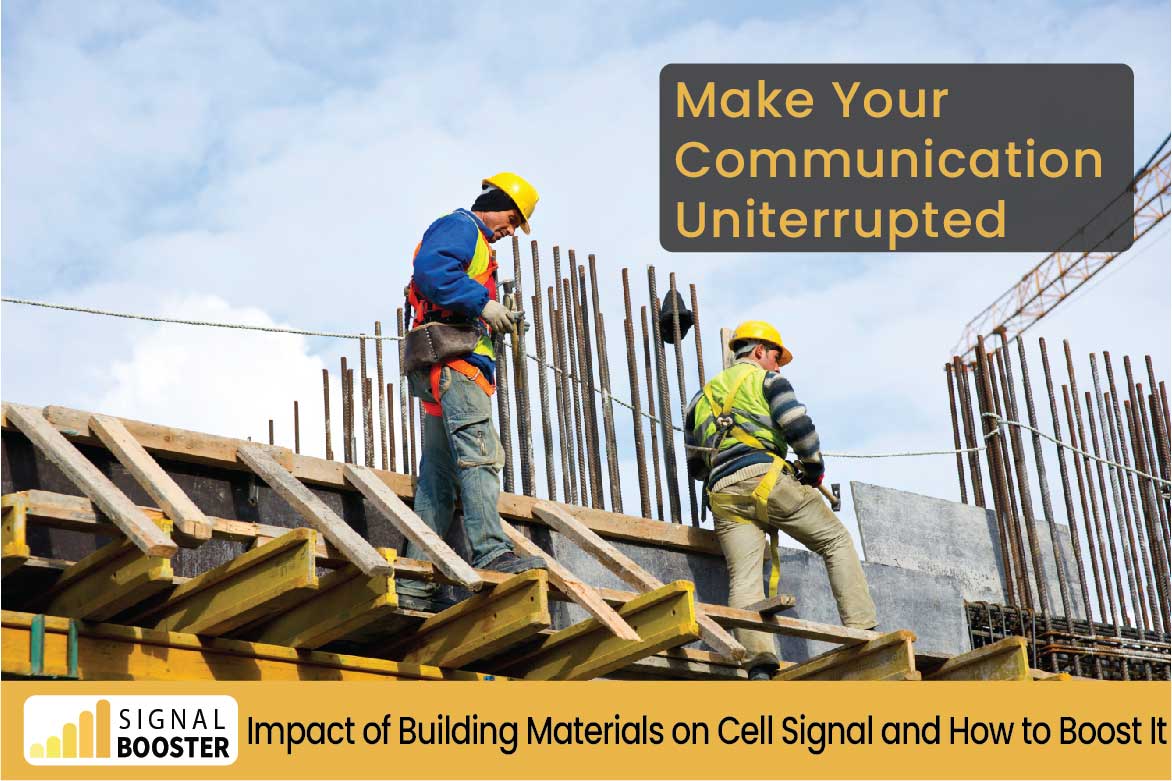
The world has become increasingly reliant on mobile technology, and staying connected through our mobile devices is more important than ever. However, one of the most frustrating things that can happen is experiencing poor cell signal, especially when you’re inside a building. A number of factors can contribute to this issue, but one of the most significant is the building materials used in construction. Building materials like concrete, metal, and brick can block or weaken cellular signals, leading to poor signal strength or even dropped calls. In this article, we will discuss the impact of building materials on cell signal and how to boost it.
The composition of building materials can significantly impact cell signal. Certain materials such as concrete, metal, and brick can block cellular signals, making it difficult for mobile devices to receive and transmit data. These materials are commonly used in construction, particularly for commercial buildings and high-rises, which can result in poor signal strength and dropped calls.
Concrete is a particularly problematic material because it contains rebar, which is made of metal and can reflect cellular signals. This causes a phenomenon known as “multipath interference,” where the signal bounces off the metal and creates interference with the original signal.
In addition, the insulation used in buildings can also contribute to poor signal strength. Insulation is typically made of fiberglass, which can absorb and weaken cellular signals. This can result in slow internet speeds, poor call quality, and dropped calls.
Fortunately, there are several solutions available to boost cell signal in buildings. One option is to use a signal booster. Signal boosters, also known as cell phone boosters or amplifiers, work by capturing weak cellular signals and amplifying them to improve coverage and call quality.
Signal boosters typically consist of an external antenna, an amplifier, and an internal antenna. The external antenna is mounted outside the building, while the internal antenna is placed inside the building where you need the signal boost. The amplifier is placed between the two antennas and boosts the signal.
Another solution is to install a distributed antenna system (DAS). A DAS is a network of small antennas that are strategically placed throughout the building to provide better coverage and signal strength. This solution is commonly used in large commercial buildings or venues where a signal booster may not be enough.
The impact of building materials on cell signal cannot be underestimated, and it’s essential to have a reliable cellular connection in today’s world. If you’re experiencing poor signal strength or dropped calls due to building materials, installing a signal booster or DAS can provide a solution to this issue. These solutions can improve coverage, call quality, and internet speeds, ensuring that you stay connected even in areas with poor cell signal. Buy your mobile signal booster today and enjoy better and stronger signal. If you have any questions regarding any of our products please contact us.